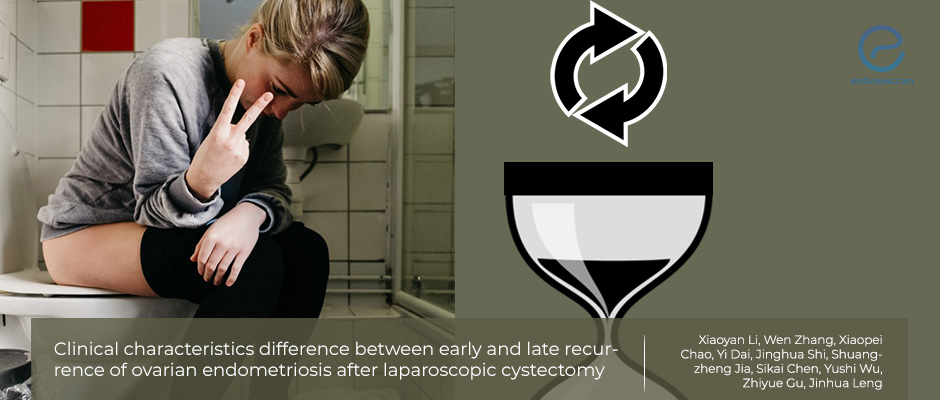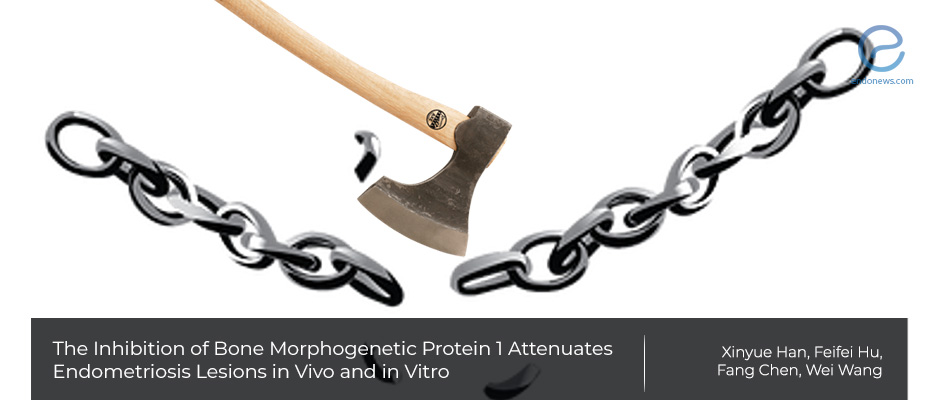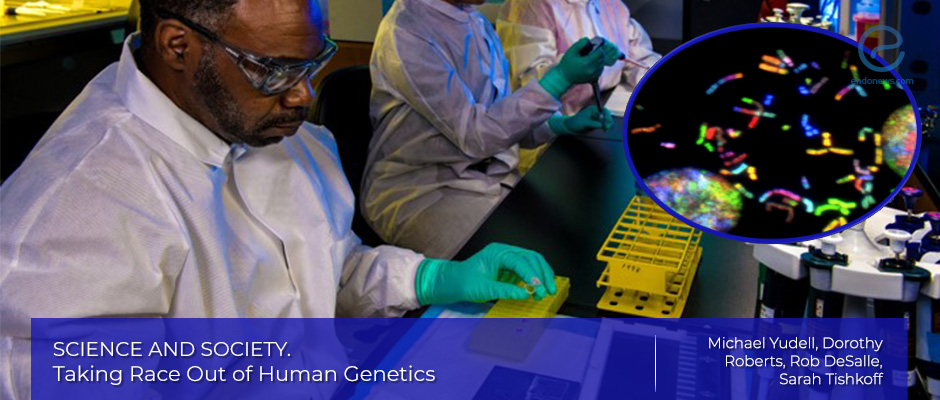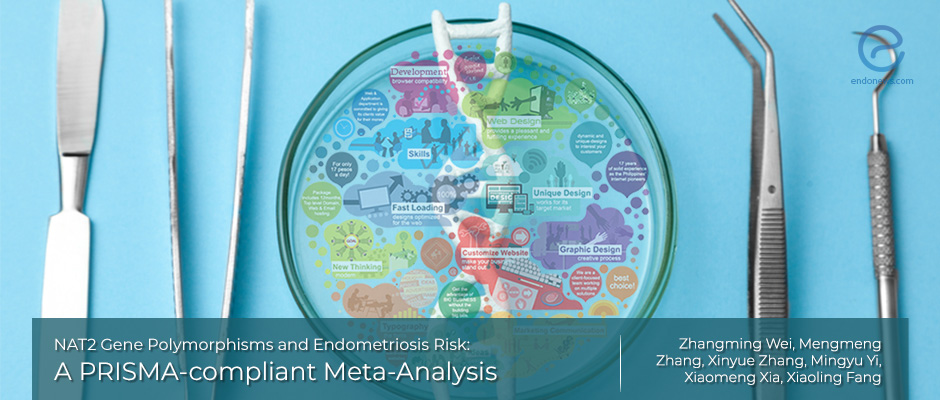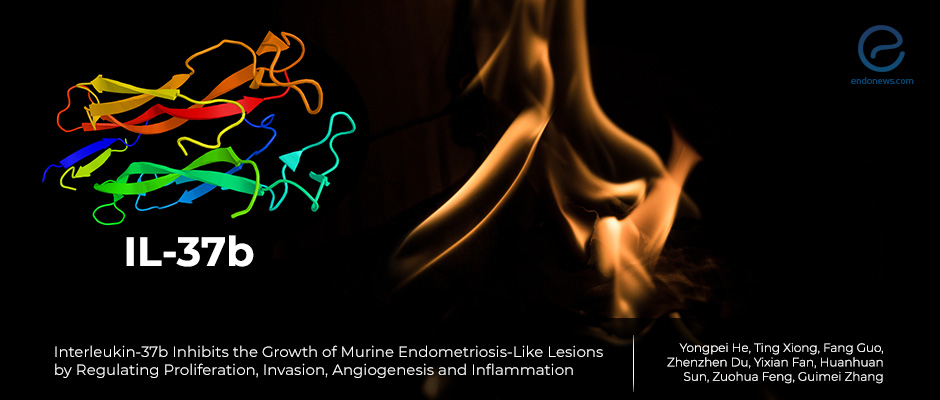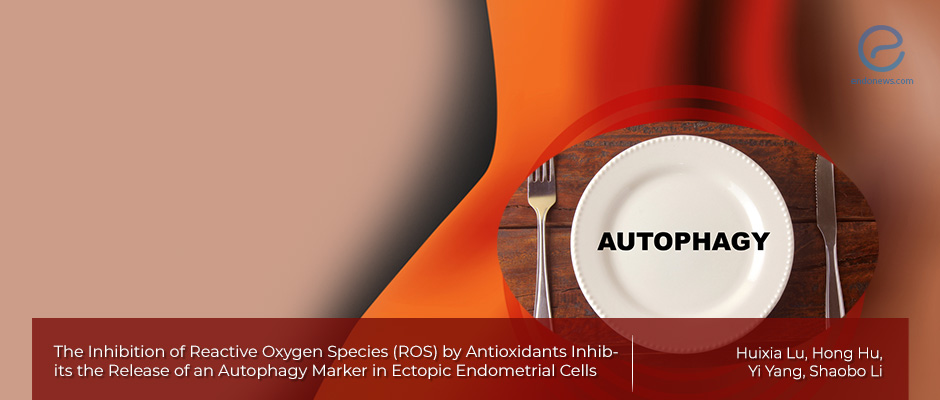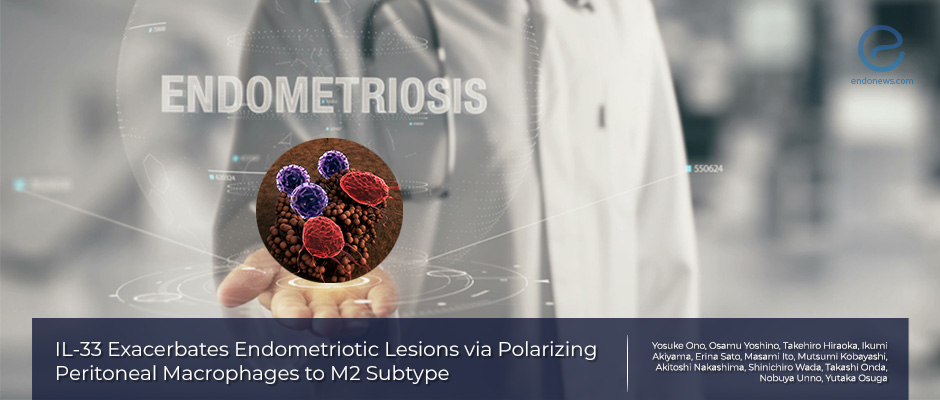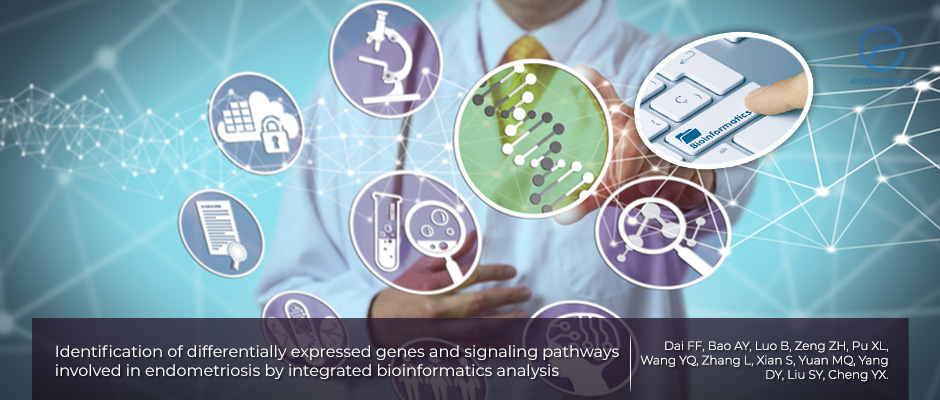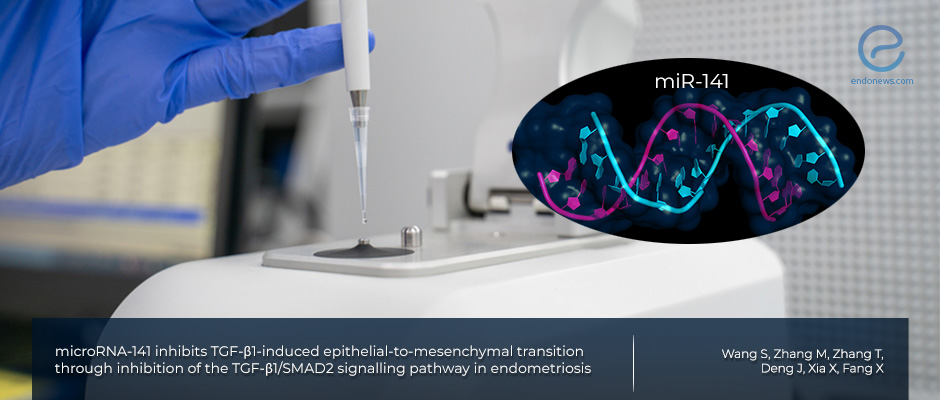 Nadire Duru, PhD
Nadire Duru, PhD
Nadire is a Research Associate at the University of Maryland, School of Medicine working on finding novel therapeutics to target ovarian cancer. She holds a BS degree in Molecular Biology and Genetics from Istanbul Technical University; an MS degree in Human Genetics from Boğaziçi University; and a PhD in Radiation Oncology from Purdue University. She trained as a post-doctoral scholar at the Lawrence Berkeley National Laboratory and University of California, Davis (UC Davis) before starting her position at the University of Maryland.
Clinical characteristics linked to recurrence of ovarian endometrioma
Endometriosis affects 10-15% of women. Three types of endometriosis are peritoneal, ovarian, and deep infiltrating endometriosis. Ovarian endometriosis is the most common type of endometriosis with a high rate of recurrence. Laparoscopy is the gold standard treatment for endometriosis and ovarian endometrioma. However, the recurrence rate following surgery is up to 50% even for patients who receive postoperative medication. The recurrence of endometrioma is 29–56% at 2 years and 43% at 5 years after laparoscopic surgery. Knowing which patients are…
Key Points Lay SummaryBone morphogenetic protein and endometriosis
Endometriosis is a chronic disease characterized by the presence of endometrial glands and stroma outside the uterus, associated with several discomforts such as pelvic pain, menstrual disorders, and infertility. Although endometriosis is categorized as a benign lesion, the ectopic endometrial tissue has significant invasion and proliferation characteristics. Indeed, endometriosis has some biological features similar to malignant tumors causing adverse effects on the patient’s quality of life. Expression of bone morphogenetic protein 1 (BMP1), a metalloprotease, and has osteoinductive activity, having…
Key Points Lay SummaryRole of race in science
Although genome pioneers and social scientists agreed on not using the race as a variable in genetic research during human genome sequencing time, the use of race as a biological category has risen since. Traditionally ‘race’ has been used as a taxonomic categorization based on common hereditary traits such as skin color in order to interpret the link between ancestry and our genes. However, in this article entitled "Taking Race Out of Human Genetics", published in February 2016 in ‘Science’, Yudell, et…
Key Points Lay SummaryCase-control study to develop a questionnaire for early diagnosis of endometriosis
Endometriosis, which affects 5–10% of women of reproductive age, is a chronic gynecological disease characterized by the presence of endometrial glands and stroma outside the uterus, associated with several discomforts such as pelvic pain, menstrual disorders, and infertility. Ultrasound evaluation is the standard technique used for the diagnosis of pelvic endometriosis, but the complete diagnosis can be confirmed only upon a direct visualization of the lesions by laparoscopy and histopathological evaluation, which would require invasive procedures. Thus, endometriosis is not…
Key Points Lay SummaryNAT2 as potential biomarker for the diagnosis and treatment of endometriosis
Endometriosis affects 5–10% of women of reproductive age causing several discomforts, pelvic pain, menstrual disorders, ectopic bleeding, infertility, and sometimes even malignant transformation but its etiology remains unclear. Accumulating evidence point a key role for genetic factors and there is ongoing research on identifying the genes associated with the pathogenesis of endometriosis. The N-acetyltransferase 2 (NAT2) group molecules function to both activate and deactivate drugs, carcinogens and the polymorphism result in rapid, intermediate, and slow function. These are different single…
Key Points Lay SummaryInterleukin-37b inhibits the growth of murine endometriosis-like lesions
Endometriosis is a chronic gynecological disease that causes chronic pain and infertility in women. Despite continuous efforts and numerous research, there is, ultimately, still much to understand about the pathogenesis of endometriosis. Inflammatory factors including several interleukins have already been shown to be abnormally expressed in patients with endometriosis. This study, authored by He et al. and published in "Molecular Human Reproduction", aims to investigate the role of a splice variant of IL-37, which is a new member of IL-1…
Key Points Lay SummaryAntioxidants inhibit autophagy in ectopic endometrial cells
Factors involved in the development of ectopic endometrium are not well-known, but several reports demonstrate a potential role for the pathophysiological processes including autophagy. Studies show that autophagy plays a significant role in endometriosis but the key mechanisms underlying the effect of autophagy in the development and progression of endometriosis are not clear. Previous research shows that reactive oxygen species (ROS) might have an important role in autophagic processes. In normal biological circumstances, ROS are formed as a natural byproduct of…
Key Points Lay SummaryIL-33 Polarize Peritoneal Macrophages for Endometriosis Growth
M2 type macrophages are the most common type of macrophages found in endometriosis and they enhance the development of endometriosis lesions. The key factors that stimulate macrophages to polarize towards M2 and contribute to the increased endometriosis lesions remain to be elucidated. Interleukin (IL)-33, has been reported to stimulate several types of immune cells including macrophages and it is known to polarize macrophages to M2 type in wound healing and myocarditis. Moreover, high concentrations of IL-33 were shown in the serum…
Key Points Lay SummaryClinical Evaluation of Endometriosis-Associated Pain
Endometriosis has a noteworthy impact on the quality of life of the patients diagnosed with it since it is associated with unpleasant conditions such as endometriosis-associated pain. The diagnosis of endometriosis is not always straightforward because of the varying symptoms and a wide range of clinical manifestations. Median delay for the diagnosis can be as late as 10 years and the delay in diagnosis was found to be longer for women who have pelvic pain compared to women who have…
Key Points Lay SummaryIntegrated bioinformatic analysis for endometriosis diagnosis
Endometriosis is considered as a non-malignant disease, but it is associated with several unfavorable conditions including non‑menstrual pelvic pain and infertility. Surgical resection and hormone suppression are common means of treatments; however, several side-effects and the recurrence are not preventable. There is an unmet need for developing therapeutic strategies by elucidating molecular mechanisms associated with endometriosis. It is suggested that endometrium of women with endometriosis display an irregular molecular expression pattern, which might help the tissue with implantation, invasion, and…
Key Points Lay SummaryRole of miR-141 in endometriosis
MicroRNAs (miRNAs) are short (18–24 nucleotides) endogenous non-coding RNAs that regulate a broad range of signaling pathways. They bind to specific sequences resulting in mRNA degradation and protein inhibition. Deregulation of miRNAs is associated with the development of many disease conditions, one of which is endometriosis. Epithelial-to-mesenchymal transition (EMT), which is considered as one of the hallmarks of cancer metastasis is the process of conversion of epithelial cells to mesenchymal cells, which increase the motility and invasiveness of cancer cells…
Key Points Lay Summary